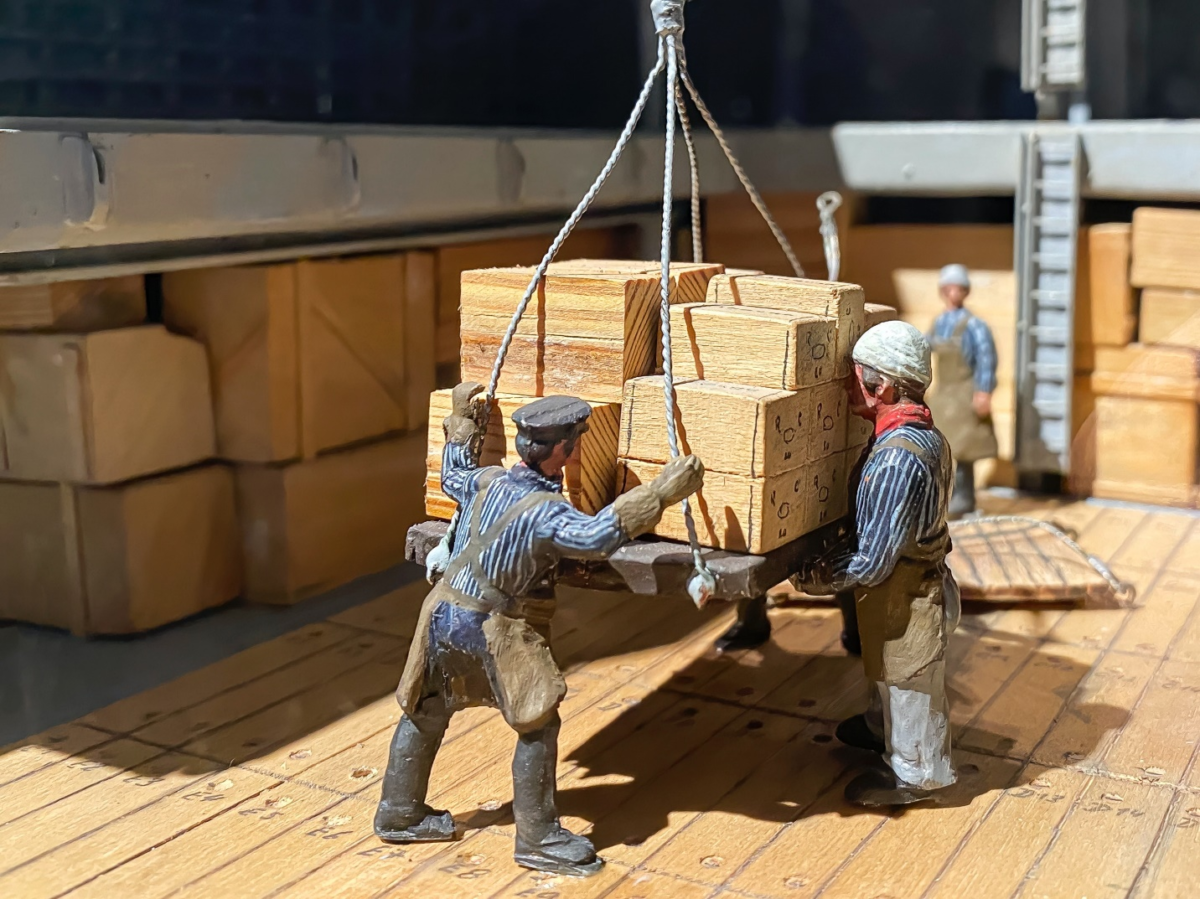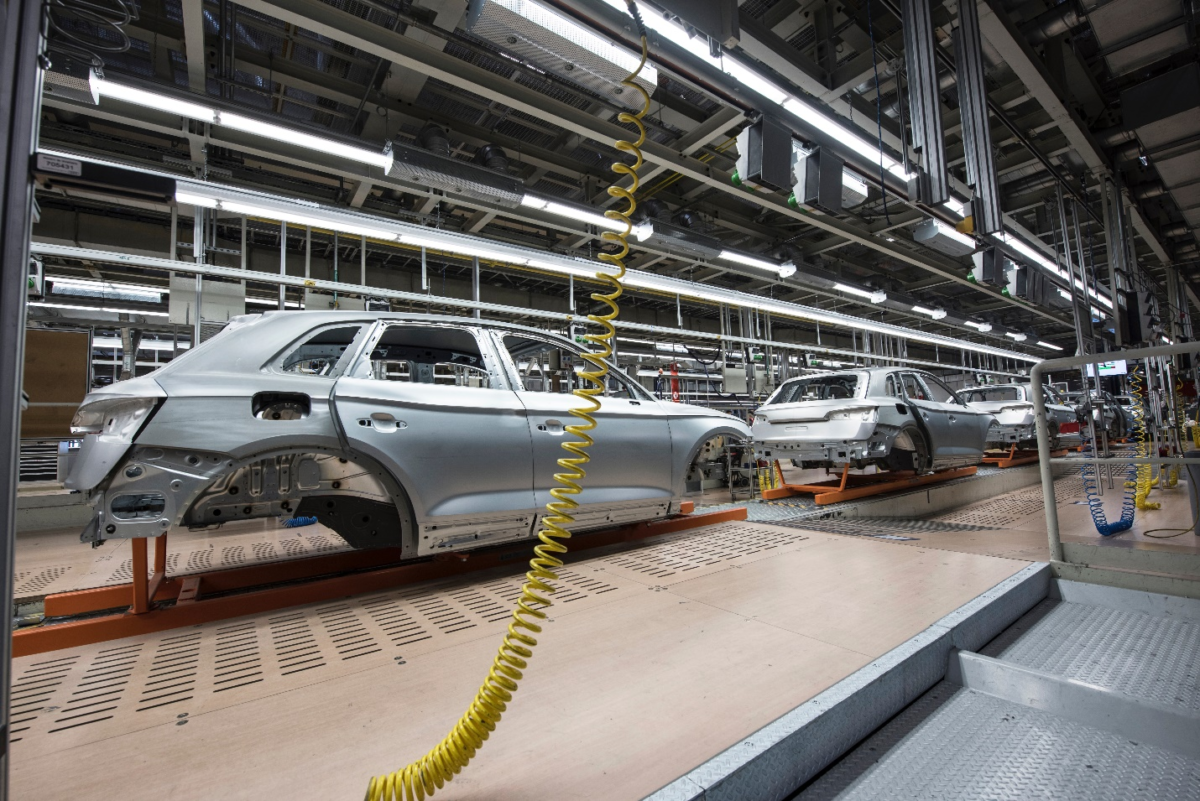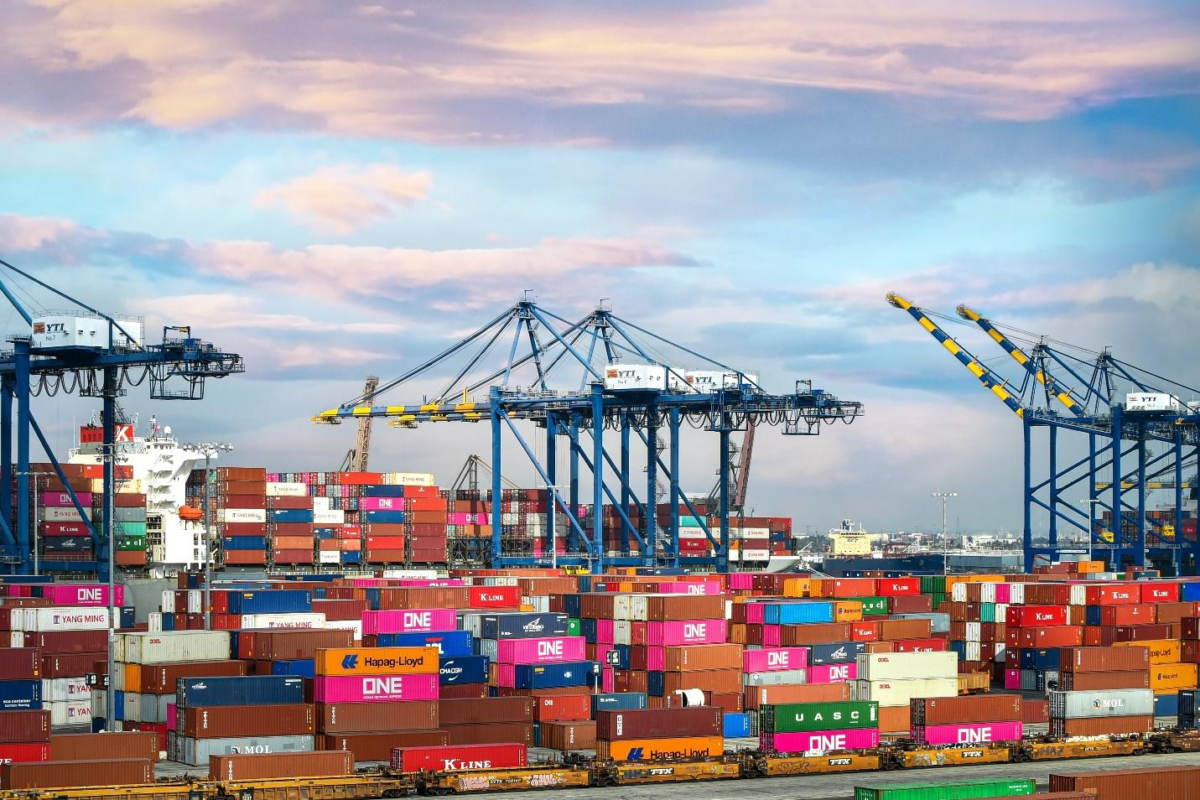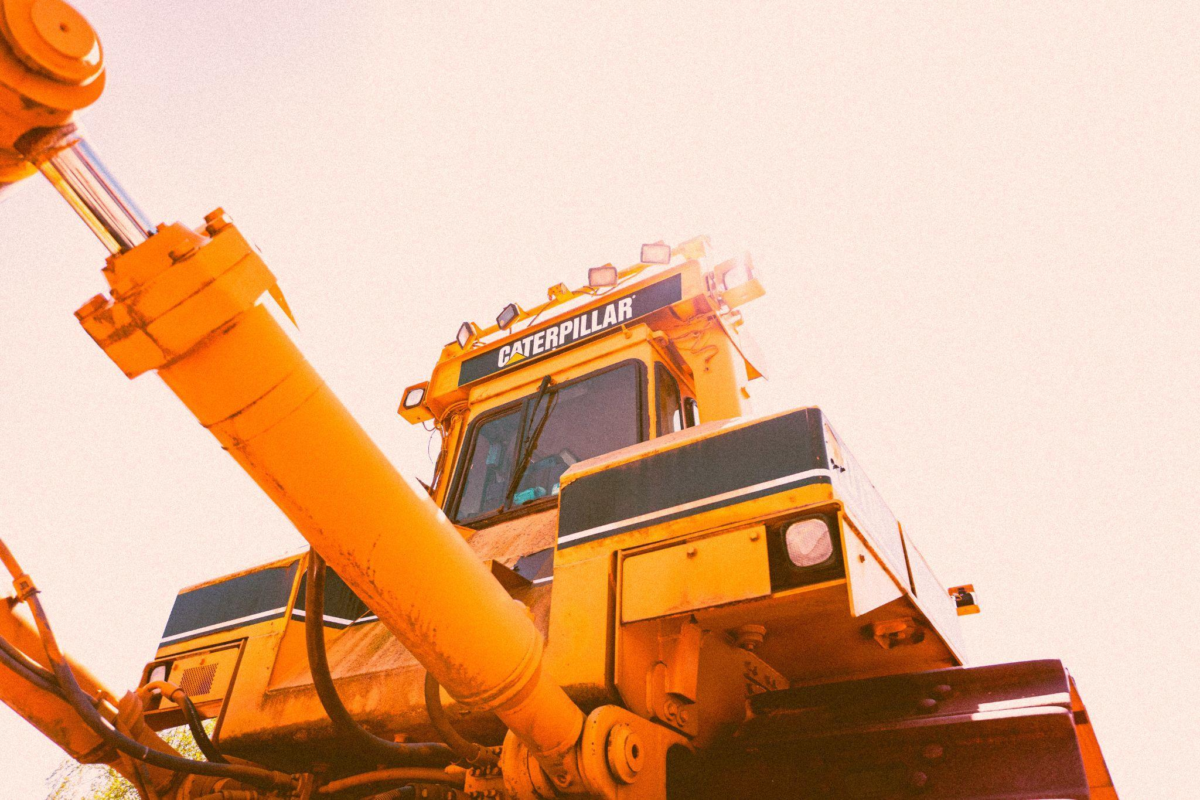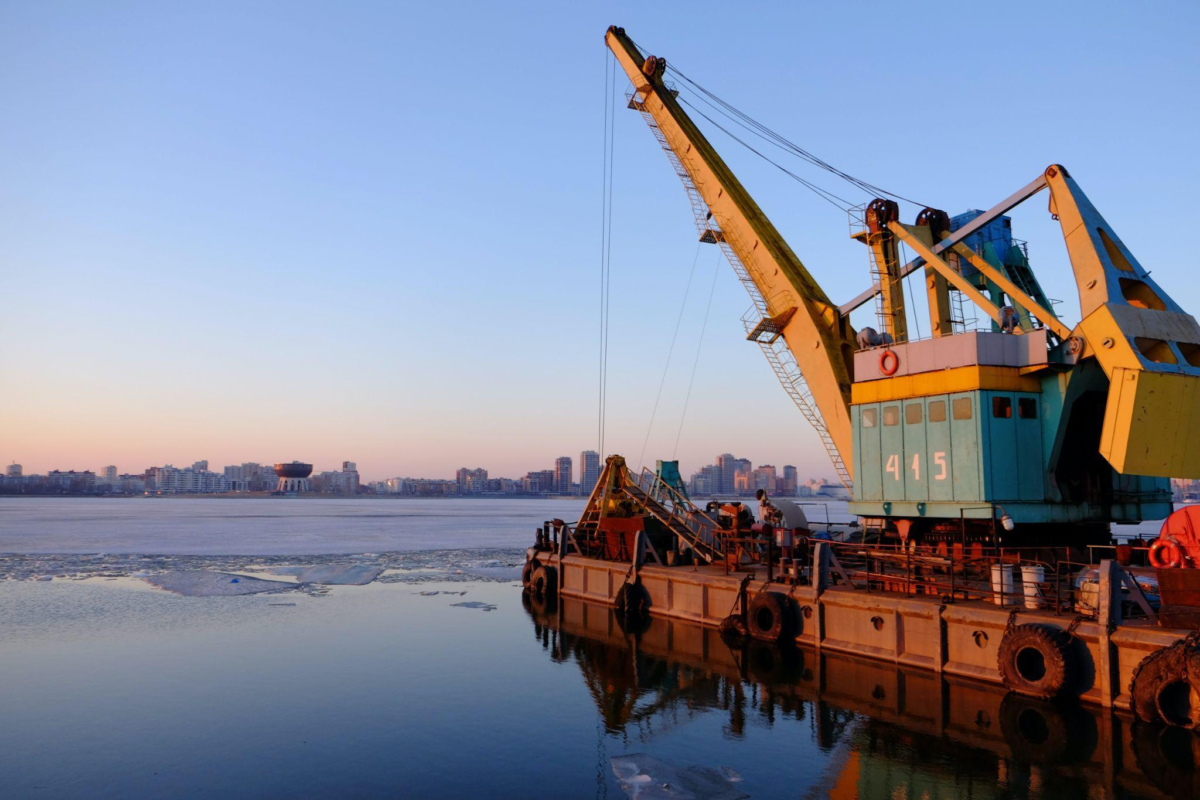You’ll need to get creative when moving bulky items and heavy loads. Sometimes, the usual techniques of moving loads won’t help you. Therefore, you require various load moving solutions. When transporting heavy loads, it is necessary to use specialized equipment, methods, and custom tactics. Continue reading “Beyond Heavy: Exploring Specialized Load Moving Solutions for Unique Challenges”
Month: June 2023
Protecting Workforce with Ergonomic Equipment Moving Systems
Moving equipment incorrectly can result in serious injuries. More than 1 million workers report lower back injuries every year due to improper load lifting and moving techniques, which costs companies billions of dollars in workers’ compensation, medical costs, legal fees, and lost time. As an employer, it is your responsibility to protect your workforce and ensure a safe working environment for them. Continue reading “Protecting Workforce with Ergonomic Equipment Moving Systems”
Ensuring Damage-Free Transport with Load Moving Techniques
The most important thing when transporting heavy loads, especially delicate machines, is to ensure they’re transported without getting damaged. If the machinery gets damaged during transportation, it could mean heavy losses for the business, not to mention a strained reputation. Continue reading “Ensuring Damage-Free Transport with Load Moving Techniques”
How Air Bearing Technology Enhances Assembly Line Operations
When we talk about industrial manufacturing plants like aircraft and automobile manufacturing, the biggest challenge is moving loads around at the time of assembly. Assembly is the final stage, where all individual components are put together to complete the production of individual units (like aircraft and vehicles). Continue reading “How Air Bearing Technology Enhances Assembly Line Operations”
Navigating Permit Requirements: A Guide to Over-Dimensional Load Transportation
Transporting an over-dimensional load requires extensive planning and adherence to many procedures. You will require licenses to carry loads that exceed standard dimensions. The heavy load moving process that exceeds the size and weight limitations established by transportation authorities has special requirements that need to be fulfilled; otherwise, there will be consequences. If you follow these requirements, you can operate your automobile safely. Continue reading “Navigating Permit Requirements: A Guide to Over-Dimensional Load Transportation”
Navigating the Complexities of Heavy Load Logistics
When we say heavy load logistics, we don’t mean moving heavy objects by hand, but we’re referring to moving loads weighing numerous tons through specialized equipment. While lifting heavy weights by hand puts the workers at the risk of improper posture and injuries, lifting heavy loads can lead to catastrophic injuries and damages if not done cautiously. Continue reading “Navigating the Complexities of Heavy Load Logistics”
Exploring Load Positioning Techniques for Heavy Machines
Heavy machines are crucial to various industries, including construction, manufacturing, and logistics. These machines often handle large and heavy loads, making load positioning a critical aspect of their operation. Proper load positioning techniques ensure safety and optimize efficiency and productivity. This article will explore some effective load positioning techniques for heavy machines.
Understanding Load Positioning Techniques
Load positioning techniques involve determining the optimal placement of a load on a heavy machine to achieve balance, stability, and safe handling. Several factors influence load positionings, such as the machine’s capacity, the load’s weight distribution, and the intended task. Let’s delve into some commonly used techniques:
1. Center of Gravity Calculation
Calculating a load’s center of gravity (CoG) is vital to achieving stability during transportation or lifting operations. By determining the CoG, operators can position the load accordingly to maintain balance. Various mathematical formulas and computer software are available to calculate the CoG accurately.
2. Symmetrical Load Placement
When dealing with a symmetrical shape, such as a rectangular container, placing the load symmetrically on the machine helps distribute the weight evenly. This technique minimizes the risk of tipping and ensures stability throughout the operation.
3. Counterweight Systems
Counterweight systems are commonly used in cranes and other heavy-lifting equipment. These systems consist of additional weights attached to the opposite side of the load. Operators can offset the load’s weight by strategically positioning the counterweights, maintaining balance, and preventing the machine from tipping.
4. Load Balancing Algorithms
In modern heavy machines, load positioning can be optimized using load-balancing algorithms. These algorithms use sensors and real-time data to calculate the optimal load position. By adjusting the machine’s hydraulics or other control mechanisms, the algorithm ensures the load is evenly distributed, enhancing stability and reducing the strain on the machine.
5. Adjustable Load Attachments
Certain heavy machines like forklifts feature adjustable load attachments, such as extendable forks. These attachments allow operators to position the load precisely, aligning it with the machine’s center of gravity. Operators can ensure a secure and well-balanced load by adjusting the attachment’s width or length.
6. Tilt and Rotation Control
Load positioning techniques also involve controlling the tilt and rotation of heavy machines. For instance, cranes may utilize hydraulic systems that enable precise control over the load’s rotation. Adjusting the tilt and rotation allows operators to position the load in the desired orientation, facilitating safe and efficient handling.
Benefits and Applications
Efficient load positioning techniques benefit operators and businesses in various industries. Some notable advantages include:
- Enhanced Safety:Proper load positioning minimizes the risk of accidents, such as tipping or load shifts, ensuring the safety of both operators and nearby personnel.
- Improved Efficiency:Optimal load positioning reduces the strain on heavy machines, improving their efficiency and prolonging their lifespan. It also reduces the time required for load-handling operations.
- Increased Productivity:By utilizing effective load positioning techniques, businesses can streamline their operations, resulting in increased productivity and reduced downtime.
- Cost Savings:Preventing accidents and minimizing machine strain can save costs by reducing repair and maintenance expenses.
Load positioning techniques find applications in various industries, including construction sites, warehouses, manufacturing facilities, and ports. Whether lifting heavy materials, transporting oversized goods, or loading and unloading cargo, these techniques ensure safe and efficient operations.
To Sum Up
Take advantage of Hovair Systems’ expertise and explore their comprehensive range of solutions today. With Hovair Systems, you can elevate your load positioning capabilities, improve productivity, and enhance workplace safety.
Don’t settle for subpar load positioning techniques. Contact Hovair Systems now and unlock the full potential of your heavy machines. Experience the difference that proper load positioning can make in your operations and gain a competitive edge in your industry.
Best Practices and Guidelines for Risk Mitigation For Heavy Load Transport
Heavy load transport involves the transportation of oversized and overweight goods, which can present significant challenges and risks. To ensure the timely delivery of heavy loads, it’s essential to implement best practices and guidelines for risk mitigation. This article will explore a few key strategies and considerations to mitigate risks associated with heavy-load transport. Continue reading “Best Practices and Guidelines for Risk Mitigation For Heavy Load Transport”
The Future of Equipment Handling: Innovations and Trends Shaping the Industry
In today’s rapidly advancing world, equipment handling trends play a crucial role in various sectors, from manufacturing to construction and logistics. As technology develops at a fast pace, it is imperative for businesses to adapt and embrace innovative solutions for safer and more efficient equipment handling. This blog will explore the exciting developments and innovations shaping the future of equipment handling trends. Continue reading “The Future of Equipment Handling: Innovations and Trends Shaping the Industry”


